
 Instagram
Instagram
Prickly Ash: Benefits, Side Effects and Uses
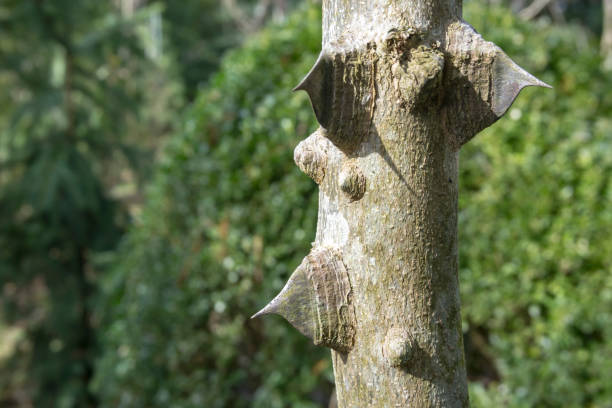
Related products
Prickly ash, scientifically known as Zanthoxylum Americanum, thrives in North America. This stunning shrub showcases many noteworthy qualities. Prickly ash stands out with its natural charm, from its prominent bark to the cluster of yellow-green flowers it bears during springtime and the berry-like fruits it produces later on.
Incredible as these characteristics are for nature enthusiasts, this plant is particularly recognized by health practitioners due to its reported benefits—from pain relief properties to aiding digestion issues—making a positive impact both traditionally and contemporaneously.
Considering benefits such as improved blood circulation and dental care enhancements understood through careful research, one cannot ignore drawbacks or side effects associated with overuse or misuse of Prickly Ash, including upset stomachs and kidney irritations.
What Is Prickly Ash?

Prickly ash, a quintessential plant species of the Rutaceae family, is scientifically recognised as Zanthoxylum Americanum. The shrub or small tree boasts an intricate structure and can reach a height of between 4 and 10 metres. Characterised by its distinctive bark—rough to the touch and spiky in appearance—it blooms yellow-green flowers during springtime that eventually evolve into berry-like fruits.
The prickly ash's leaves are pinnately compound, with several smaller leaflets attached along a central stem. In autumn, these leaves turn vibrant shades of red and orange, offering yet another spectacle for nature admirers.
Common alternate names include northern prickly ash, toothache tree (due to its historical use in treating dental pain), and yellow wood. It thrives naturally in different regions worldwide.
Widely distributed geographically across North America from Quebec, directed towards southern parts of Florida, then westwards Texas and Dakota, this resilient plant grows predominantly within forest environments, not shying away from shade or light full sun exposure areas.
Dating back centuries, Prickly Ash has been greatly valued by traditional medicine practices. Indigenous communities recognize the benefits drawn from the preparation of various health remedies. Its active compounds are found primarily in bark berries, having a warming stimulating effect on the body, thereby addressing ailments such as colds, fevers, rheumatism, and other similar conditions.
Historical texts and ancient holistic healing manuals notably mention usage worldwide. For example, bitter-tasting components are used to stimulate digestion, prepare the system for optimal nutrient absorption, and alleviate discomfort associated with indigestion. Further detailed accounts reveal topical applications to treat skin infections and wounds, pointing to potential antimicrobial properties inherent in species.
Thus, prickly ash is making its presence known in many ways, spanning aesthetics and significantly impacting the medical field over time. Prickly ash is undeniably a marvellous creation of Mother Nature, serving mankind with myriad notable applications.
Nutritional Profile
The prickly ash, a nutritional powerhouse as it is aesthetically pleasing, comprises multiple bioactive compounds that confer considerable health-promoting properties. Delving into its chemical composition reveals the existence of various vital components.
One standout compound in prickly ash enthusiastically studied by scientists for its medicinal properties is an alkaloid known as Berberine. Berberine exhibits potent anti-inflammatory and antimicrobial effects. It might be pivotal in managing numerous digestive disorders and skin infections.
In addition to Berberine, other key active ingredients in this plant include essential oils like limonene and α-pinene, which potentially provide aromatic characteristics in addition to their distinct therapeutic benefits, such as aiding digestion or promoting respiratory health.
The presence of flavonoids – hardworking antioxidants - contributes significantly towards the protective shield against harmful free radicals, thereby preserving cellular integrity over time while boosting overall immunity levels within the body's defence system
Moreover, according to data obtained U.S. National Nutrient Database, 100 grams of dried prickly ash bark contains approximately:
- Dietary fibre: 25%
- Carbohydrates: 5g
- Vitamin E (alpha-tocopherol): 1mg
- Niacin: .03 mg
Undoubtedly, each of these nutrients plays a crucial role in maintaining optimal human health. For instance, dietary fibres support healthier gut functioning and balance cholesterol, vitamin E promotes skin cell regeneration, and niacin helps convert consumed food into usable energy.
Every complex constituent collectively provides a synergistic effect, leading to cascade physiological responses.
Benefits Of Prickly Ash

Digestive Health
Apart from its compelling botanical stature, prickly ash has an equally impressive status in health benefits. One notable area where it displays considerable influence is digestive health.
Berberine - one of the main active components present in this plant offers relief to individuals struggling with gastrointestinal problems such as indigestion or constipation by gently stimulating bowel movements, easing discomfort linked to these conditions
Further, adding value scenario consumption leads to better saliva production, and other vital enzymes work together efficiently to break off food molecules, thereby optimising the nutrient absorption process. It seems rather evident through careful studies conducted over the years that prickly ash indeed serves the functional foods category, given its multifaceted abilities to regulate essential functions within the human body. Their therapeutic potential remains relevant in today's advanced medical practices.
Pain Relief
Prickly ash holds a rich medicinal history closely tied to its pain-relieving properties. Its analgesic attributes come from the alkaloid Berberine and other essential oils it contains.
The plant - sometimes referred to in folklore medicine as the toothache tree - is traditionally utilised by many to alleviate dental pains thanks to the suspected numbing effect when directly applied to the affected area. Additionally provides value to indigenous communities who harness relieving symptoms and ailments, including rheumatism. Thus offering noticeably rewarding support towards improved quality of life for individuals suffering these discomforting afflictions.
With a substantial increase number of people experiencing arthritic conditions, research suggests that the proportion of adults in England diagnosed with inflammatory arthritis has increased by at least 40% between 2004 to 2020, serves indicator that non-conventional options and viable alternatives complement conventional medical treatment exploration continues that ancient herbal wisdom and modern scientific methodologies feel relief without having to succumb to harsh side-effects emanating certain stringently prescribed medications.
Improves Circulation
Demonstrating notable benefits within the circulatory system constitutes one of prickly ash's most appreciated health pluses. This shrub's bark and berries, rich in bioactive components including Berberine and flavonoids, stimulate the heart, veins & arteries.
Improvement of blood circulation is a critical aspect associated with Prickly Ash consumption. Enhancing blood flow has numerous advantages, from better oxygen distribution to vital organs to more efficient detoxification processes in removing waste materials from body cells.
Over a short-term usage period, a noticeable decrease in LDL ('bad' cholesterol) count was observed, while HDL ('good' cholesterol) figures showed an increase. According to the British Heart Foundation, around half of adults in the U.K. have high cholesterol; hence, accessibility to natural remedies like Prickly Ash, which reduces the risk of developing diseases, proves invaluable to society.
Thus, various authoritative sources confirm that incorporating plant-based agents responsibly into wellness regimens offers promising returns, maintaining a good cardiac state and supporting smoother-run bodily functionalities, albeit under a healthcare professional's guidance for appropriate dosages relative to specific individual needs.
Antimicrobial and anti-fungal properties
Prickly ash is a botanical treasure trove brimming with potent bioactive compounds. It has been acclaimed for its remarkable antimicrobial and anti-fungal properties.
Among the active constituents in prickly ash is Berberine - an alkaloid that exhibits strong resistance against microbes. In-depth scientific studies have shown this compound to effectively fight off numerous types of bacteria, fungi and viruses by inhibiting their growth or outright elimination.
Supportive figures from Microbiology Research Journal International show that 70% of tested bacterial strains were found susceptible to action exerted by Berberine. One study concluded that berberine has excellent anti-MRSA activities and has synergistic antibacterial property when combined with clindamycin and rifamycin separately, and the mechanism of activities involves the destruction of cell wall and membrane. More so, additional researchers noted improved outcomes dealing with fungal issues with extracts drawn from Prickly Ash.
Moreover, essential oils like limonene and α-pinene present within trees offer dual benefits, providing an aromatic scent and a protective shield. These volatile substances are well-documented, demonstrating notable anti-fungal activities significantly reducing prevalence associated infestations over regular use time.
Immune system support
The Prickly Ash has the potential to bolster one's immune system, an irrefutable cornerstone for maintaining optimal health. The array of constituents found in this medicinal plant, such as antioxidants and essential oils, synergistically contribute to strengthening our body's natural defence mechanism.
Uses Of Prickly Ash

Forms of consumption
Prickly ash is a holistic treasure trove that is used in multiple formats and has reported benefits across various health domains. It is interesting to note the versatility of this plant and how each form has its unique charm.
Teas and infusions are popular forms of consuming prickly ash due to their soothing characteristics. They are also easily absorbed within the body, subsequently providing anticipated medicinal effects quickly enough. Steeping dried leaves or bark in hot water and then cooling it down opens pathways for therapeutic properties to unveil themselves gently over time while sipping warm cup tea infusion.
Tinctures and extracts serve those seeking potent kicks derived from concentrated amounts of active components in plants. These typically involve steeping material such as berries, alcohol, or other solvents several weeks afterward, compressing the resulting liquid into manageable dosages, and providing quick access to nutrients in ideal circumstances requiring immediate attention.
Capsules supplements offer convenience without compromising effectiveness Especially suitable for individuals who prefer to avoid raw slightly bitter taste associated with natural state allowing controlled regular consumption thereby establishing steady flow beneficial elements system through consistent supplementation.
Topical applications like creams and oils penetrate the skin barrier directly, targeting affected regions. Examples include remedies addressing local pain inflammations, antiseptic rooms, minor wound infections, among others.
Culinary uses
Prickly ash has been utilised not solely for its purported medicinal properties, but it also holds a distinct place in culinary arts. Offering an unusual flavour profile to dishes, Prickly Ash enriches the gastronomic experience of food enthusiasts across regions.
Apart from its therapeutic value, which has traditionally intrigued healers and modern-day physicians alike, prickly ash excels by adding zest to various cuisines, where it becomes an extraordinary spice element.
Its unique flavour - characterised by sharpness with subtle hints of citrus undertones – makes this species stand out among other herbs when gracing delicious meals, both traditional recipes or contemporary fusion cookeries. Incorporation into savoury foods consequently enhances their palatability while infusing substantial health benefits simultaneously, too.
Modern medicinal applications
Prickly ash packs a plentiful curve regarding therapeutic applications validated and advocated across various domains. With roots embedded deeply within traditional practices, the medicinal use has branched out, vastly touching contemporary integrative medicine regimes.
With its impressive lineup of bioactive compounds, such as Berberine, essential oils, and flavonoids, prickly ash effectively aids several health conditions, including digestive disorders such as dyspepsia or indigestion. Its warming effect stimulates saliva production and gastrointestinal juice, thus aiding the digestion process considerably.
Aside from that extract derivative, these plants find a place in over-the-counter dental care products, serving remedial purposes to toothache relief due to their numbing effect on gums. Moreover, they stimulate circulation and the lymphatic system, thereby providing pain management in cases of rheumatism and arthritis.
How To Take Prickly Ash
Prickly ash is typically available in various forms, including whole dried berries, ground bark powder, and liquid extract. Each form dictates a different method of consumption based on preference or targeted health benefit.
For digestive benefits or to help with mouth ulcers, tea preparation involves boiling one teaspoon of the ground bark in water for 15-20 minutes, then strain it before drinking.
As a topical application for toothache relief, take some powdered bark mixed into warm edible oil (like coconut) and apply directly onto the affected area twice daily until the pain subsides, but keep away from swallowing the concoction, strictly limiting usage for external purposes only.
In contrast, individuals aiming to reap circulatory system enhancements opt for tinctures commonly sold in holistic wellness stores. Consider starting a lower dose, such as five drops of a diluted glass of water, gradually increasing up to ten under the supervision of an expert to monitor any negative reactions.
It's important to remember that dosage frequency varies depending on individual tolerance and medical conditions; hence, it is always prudent to consult a healthcare professional, especially first-time users. Pregnant and nursing women must refrain from using prickly ash without specific permission from their doctor and take account of associated risks during stages.
Diligent adherence to these guidelines facilitates Prickly Ash's safe, effective use. It combines a gratifying experience with respect for the plant's beneficial properties, thereby paving the way for a balanced, healthy lifestyle.
Potential Side Effects and Precautions
Despite the numerous medicinal benefits associated with Prickly Ash, it remains essential to acknowledge the potential side effects linked with its use. Reactivity differs from person to person based on factors such as age, overall health status or pre-existing medical conditions.
One common side effect includes digestive upset, exemplified by manifesting symptoms like nausea, vomiting, and diarrhoea, especially when consumed in excessive amounts.
Additionally, more individuals might experience kidney irritation, indicating persistent lower back pain, thus indicating caution usage, particularly those with a history of renal ailments.
Skin contact potentially causes dermatitis characterised by rash, and itching redness, making it paramount to wear protective gear handling plants, especially for people with known allergy sensitivities.
Who Should Avoid Prickly Ash?
Certain individuals must exercise caution or completely avoid using Prickly Ash, given its potential to interact with various health conditions and medications.
Pregnant women are advised to bypass using prickly ash due to an absence of extensive safety research during pregnancy. Similarly, breastfeeding mothers need to avoid it until concrete data affirms its non-impact on lactation or infant health.
People diagnosed with specific medical ailments such as kidney diseases must tread carefully while approaching prickly ash use because the influence on stimulation circulatory system has implications for renal function. Thus, any fluctuations caused might exacerbate existing conditions, leading to further complications.
Additionally, blood-thinning medication users fall into a group where precaution becomes paramount. Possessing potent anticoagulant effects intake could lead to excessive bleeding scenarios, thereby escalating the risk of uncontrolled haemorrhage. Hence, regular monitoring of healthcare professionals is imperative for those who consume such drugs.
By understanding these restrictions and adopting an informed decision-making approach, one ensures a safer route to leveraging nature's benefits, minimising the risks associated with them, and promoting balanced, holistic well-being.
Bottom Line
Prickly Ash, or Zanthoxylum Americanum, is a medicinal plant native to North America. It is renowned for its bioactive compounds, including alkaloids and flavonoids, and offers health benefits like antimicrobial effects and digestive aid. Despite these benefits, side effects such as nausea and kidney irritations might occur if misused. Therefore, certain individuals - pregnant women, nursing mothers or those on specific medications must avoid usage unless guided by professionals. Utilising Prickly Ash in tea form or as tincture depends on the final choice but should always follow recommended dosage limits to ensure optimal well-being.
Frequently Asked Questions
What is prickly ash used for?
Prickly ash is used for multiple medicinal purposes, including alleviating digestive disorders like indigestion. Owing to its warming effect, it stimulates saliva and gastric juice production.
What are the side effects of prickly ash oil?
The side effects of prickly ash oil mainly include potential skin irritation such as rash, itching or redness in case someone has known allergies or sensitivities towards this plant.
What is the use of prickly ash powder?
Prickly Ash powder is used primarily in oral care products due to its analgesic properties. When applied topically to the affected area, it relieves toothache when mixed into a warm, edible carrier oil.
What are the benefits of ash in the body?
The benefits of prickly ash within the body are many; it helps improve circulation and stimulate digestion while potentially offering antimicrobial benefits through compounds like Berberine, thereby boosting the immune system overall.
Is prickly ash safe?
Prickly ash is generally considered safe for most people when consumed following appropriate dosage guidelines under advice by a healthcare professional. However, individuals with certain medical conditions, pregnant nursing women, and those on specific medications must exercise caution.


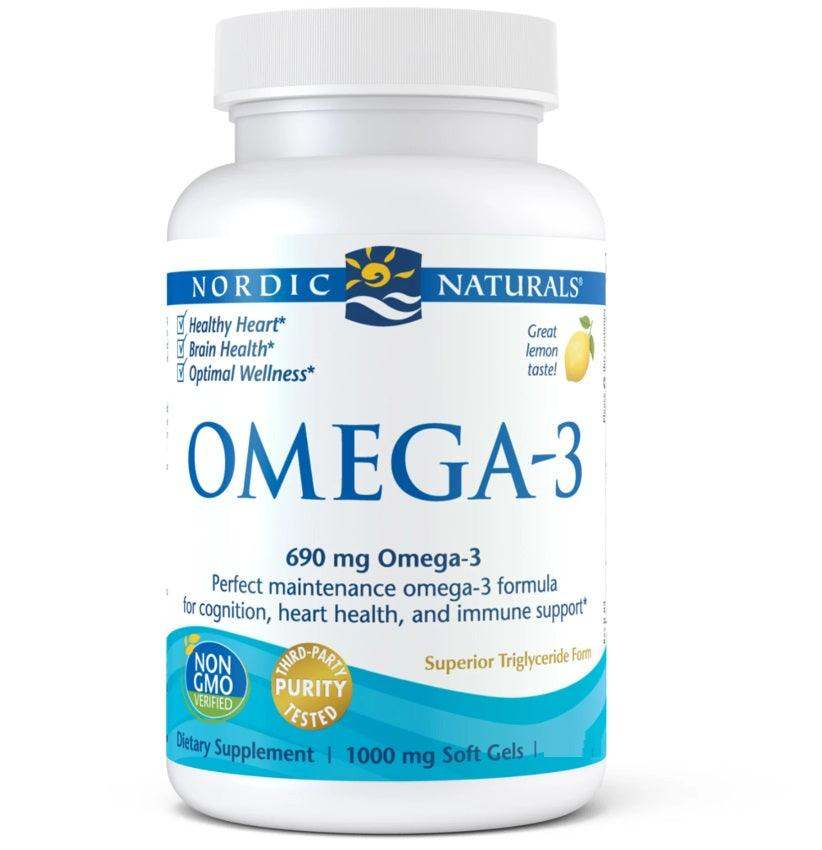
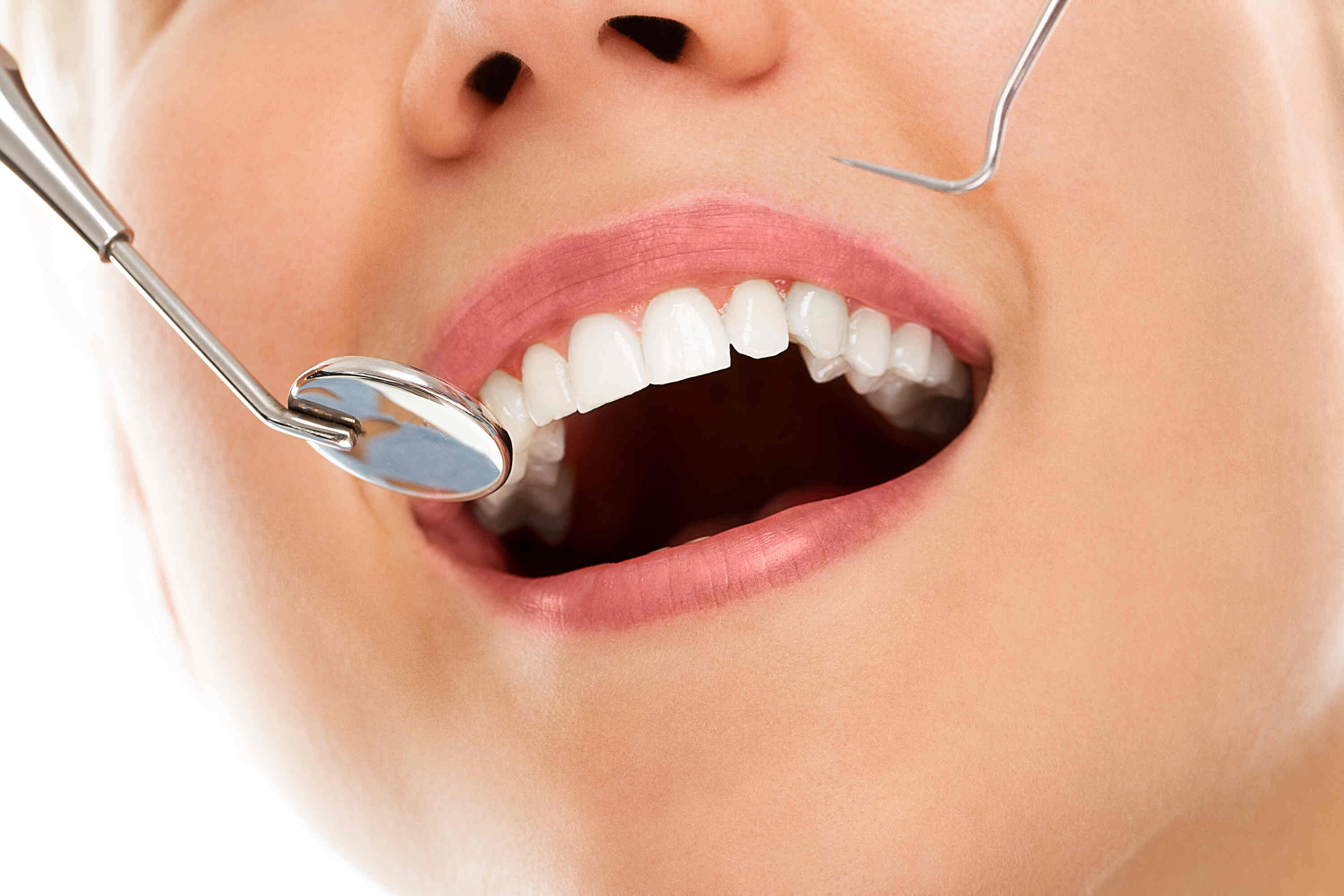
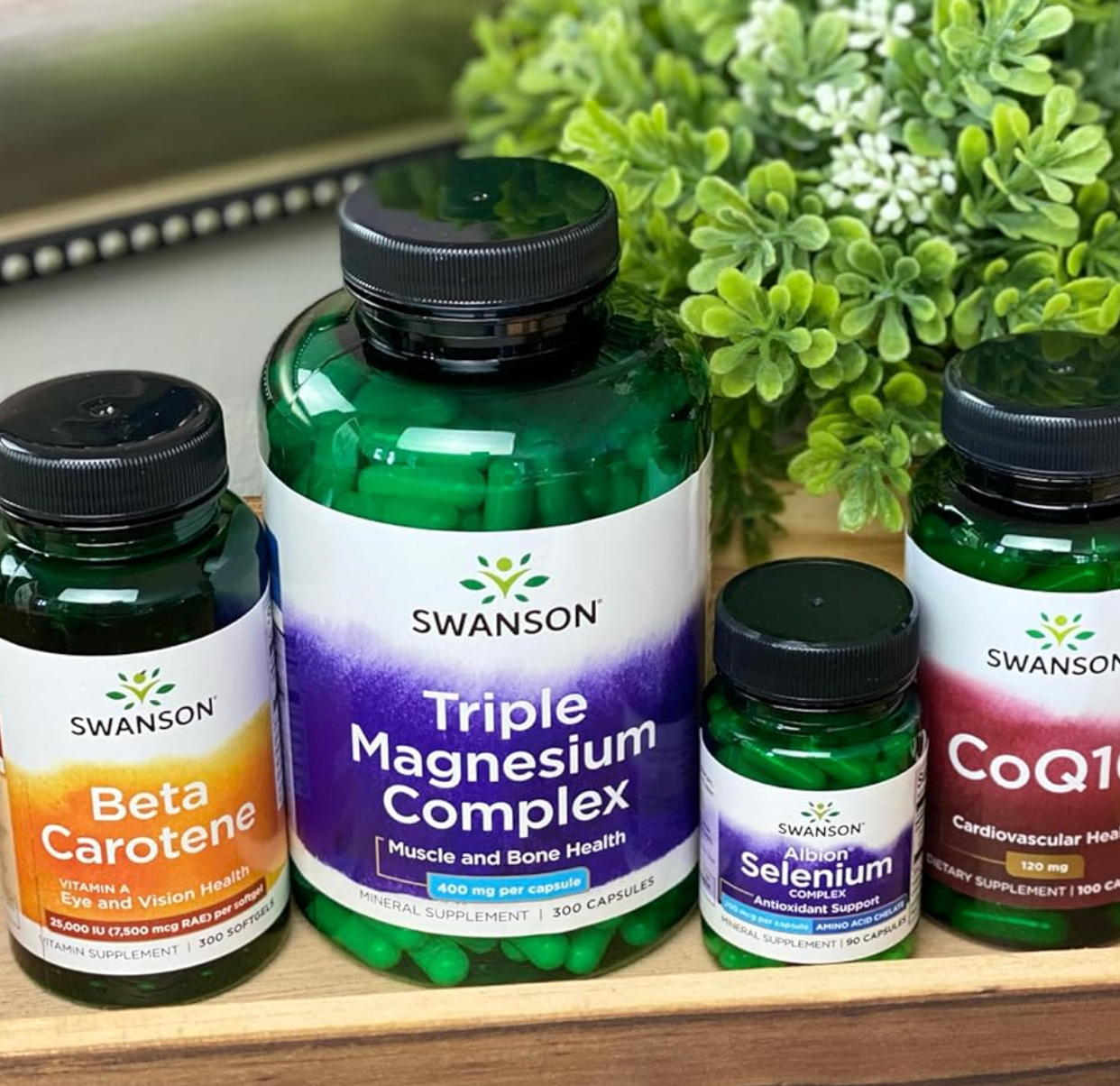



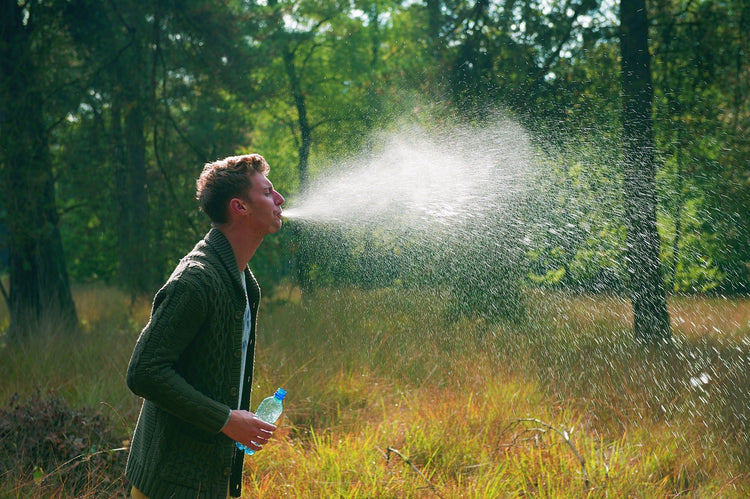

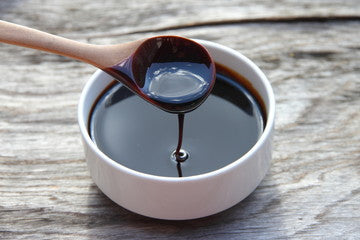
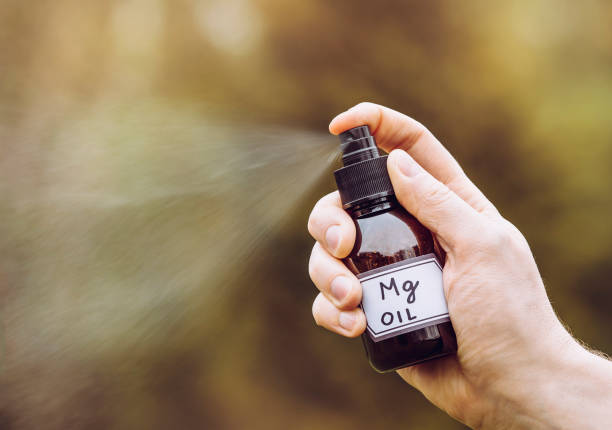

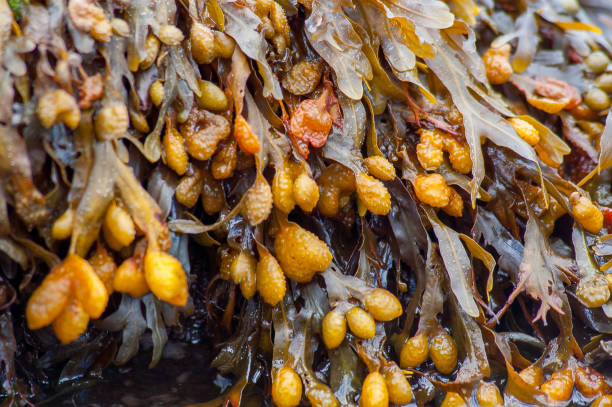
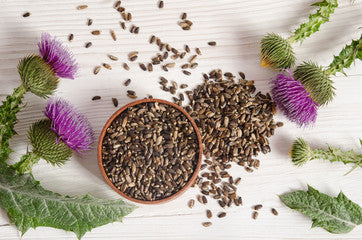
 Rated Excellent by 26,523+ Reviews
Rated Excellent by 26,523+ Reviews